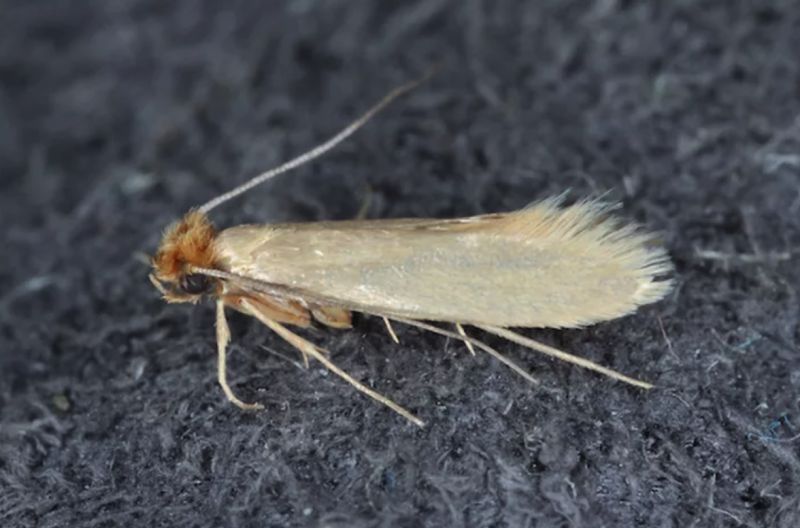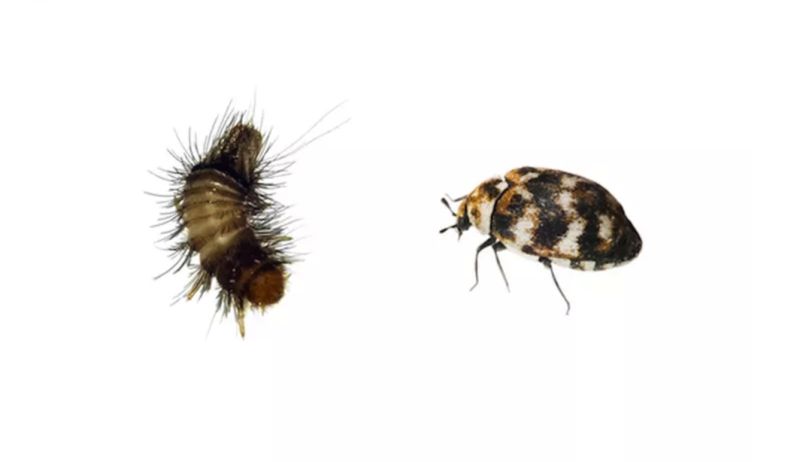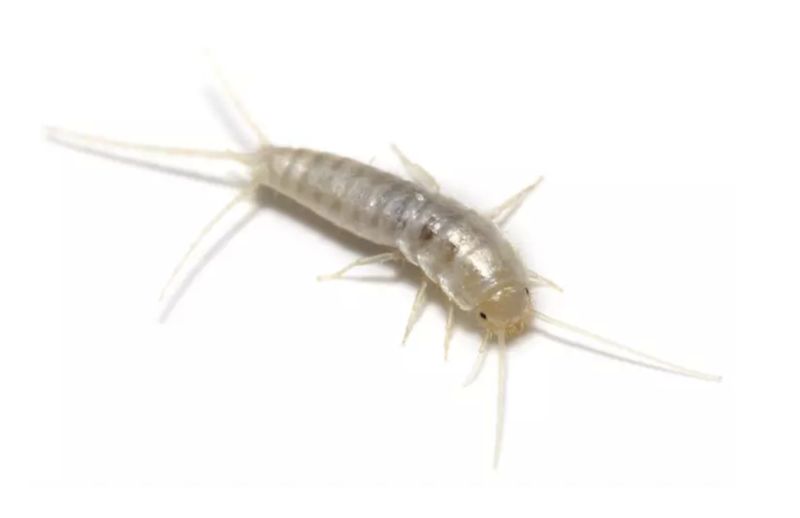With spring upon us, we’re all unpacking our summer wardrobe and putting our winter clothes into storage. But for some, there are cries of anguish as holes are found in their favourite shirt, skirt or shorts – something’s been eating your clothes!
There are three likely culprits:



Together these insects are called fabric pests as they eat a wide range of different materials – wool, cotton, leather, silk, paper and more – so it’s not just your clothes that could be under threat!
How to prevent a fabric pest problem
Pack away unused clothes
Make sure unused clothes are washed and packed away immediately in completely sealed storage contained – the plastic bags that can have the air removed by a vacuum cleaner are ideal.
Reduce humidity
Silverfish, in particular, like a humid environment. If you have a moisture problem in your home, it’s a good idea to see if you can eliminate the source. If not, dehumidifiers in wardrobes are an option.
Avoid storing cardboard boxes
Silverfish also love cardboard boxes. So, if you have lots of papers and other stored goods in cardboard boxes, whether in the house or sub-floor or roof void, you’re creating an ideal silverfish home.
Make sure you have good-fitting insect screens
Adult carpet beetles actually live outside on flowers and come inside “by accident”. Good-fitting insect screens will help. If you find adult carpet beetles on the window sill trying to get out, it’s a sign you have an infestation somewhere in your home.
Regular vacuuming
Regular vacuuming is important - especially in dark, hard-to-reach places. Most fabric pests love dark, undisturbed places. So, the areas under heavy furniture, at the bottom of wardrobes, and in the little-used spare room are common places where the infestation starts.
Treatments to eliminate fabric pests
The use of moth repellents in the wardrobe can help, but if you find holes in your clothes, carpets, curtains, upholstery or other fabrics, it’s best to call a pest professional, as it takes a thorough inspection and comprehensive pest treatment to get on top of an infestation.
Identifying the cause of any damage and the source of the infestation is the first key step. These pests tend to be very secretive, and in the case of carpet beetles and clothes moths, it is the larvae that actually do all the damage. But to find all the larvae, it is necessary to empty all wardrobes and doors and inspect the clothes.
At Spiderman SE, we make sure we have located the source of the infestation before we carry out a treatment, which includes spraying all infested areas and treating wardrobes and drawers. For silverfish, treatment of roof voids and sub-floors may also be required.
A useful tip to prevent re-infestation…
With larvae, especially the eggs, hard to spot, it is important that all clothing is washed in hot water. As an alternative, placing clothes in a sealed plastic bag in the sun for a few hours will also provide the heat to kill any hidden pests in the clothes.

